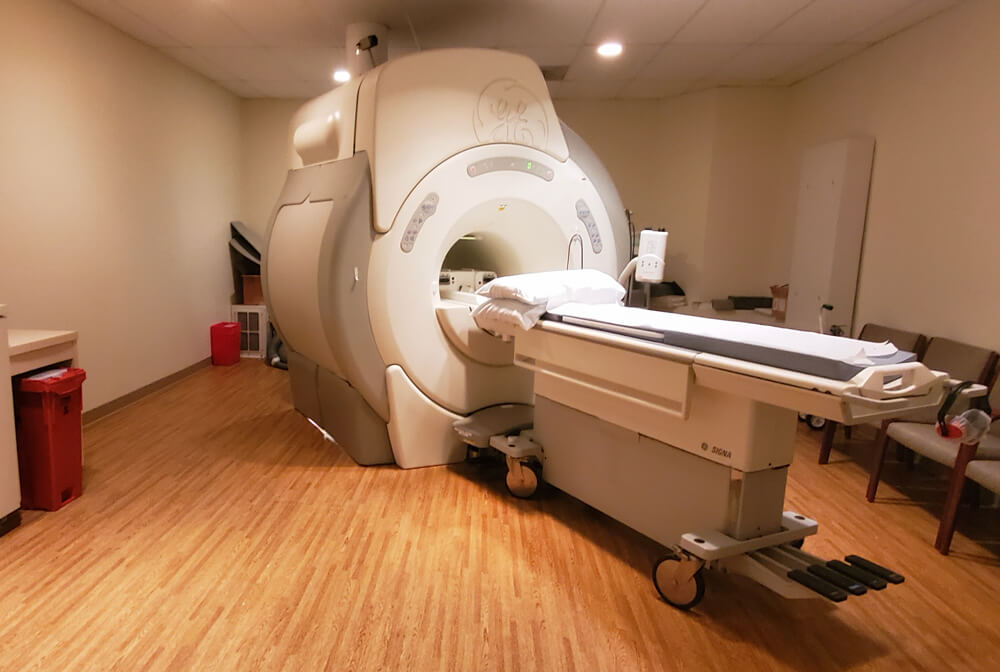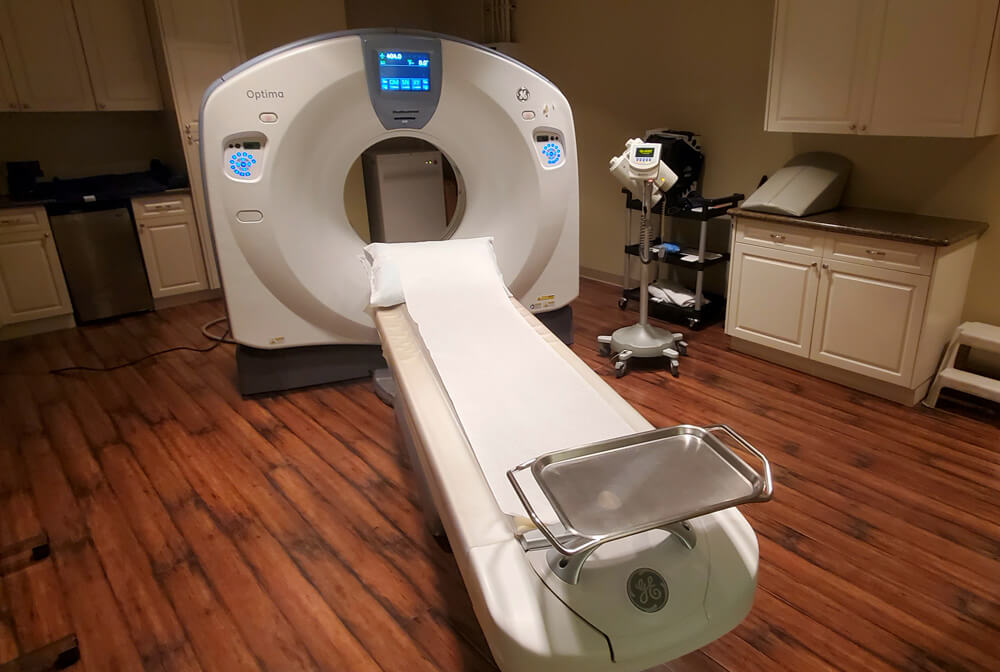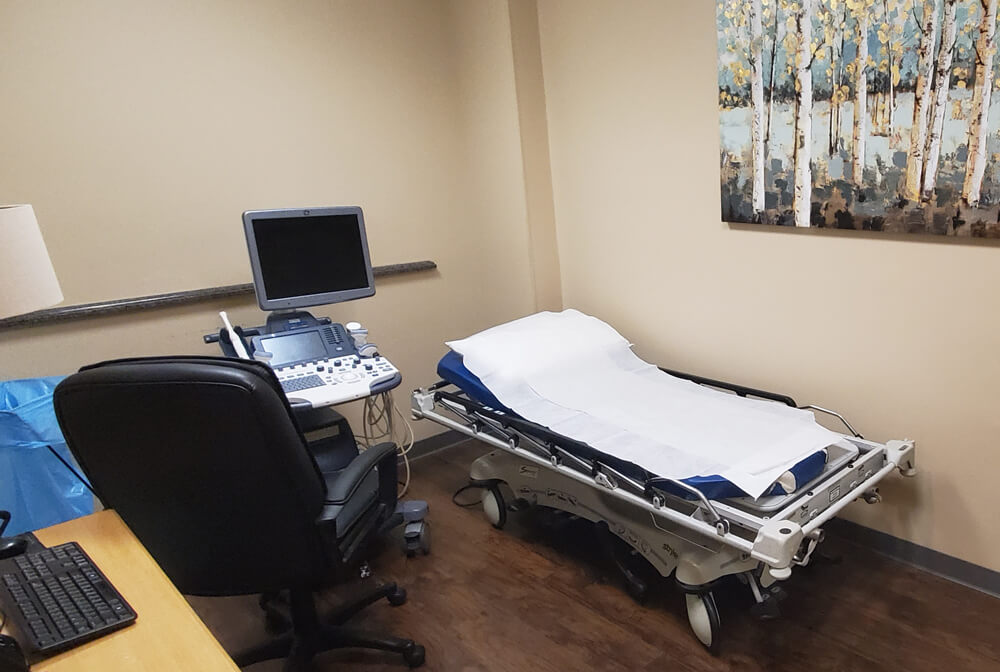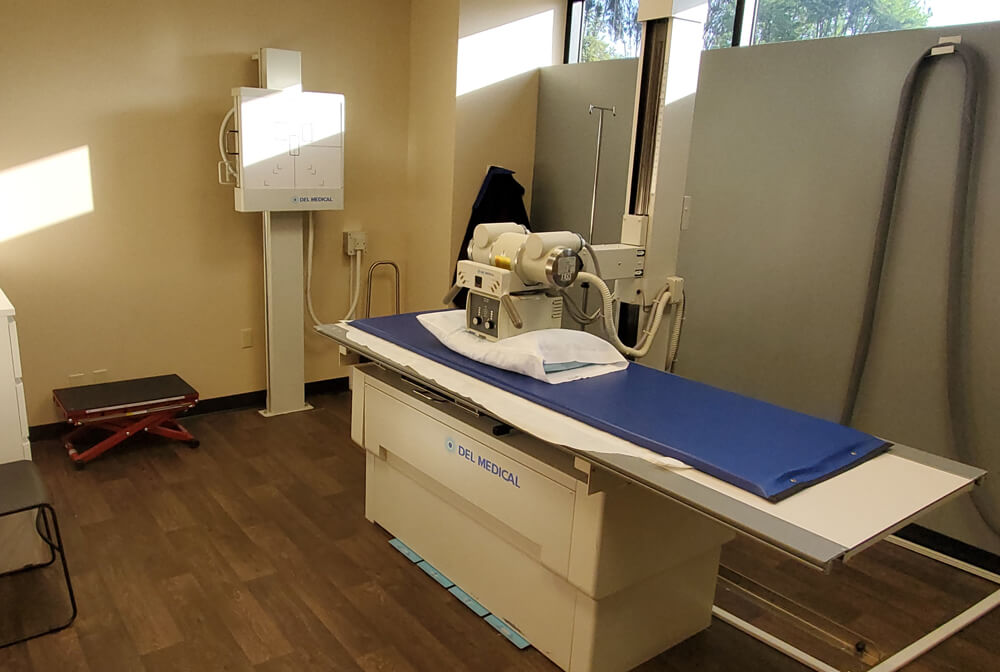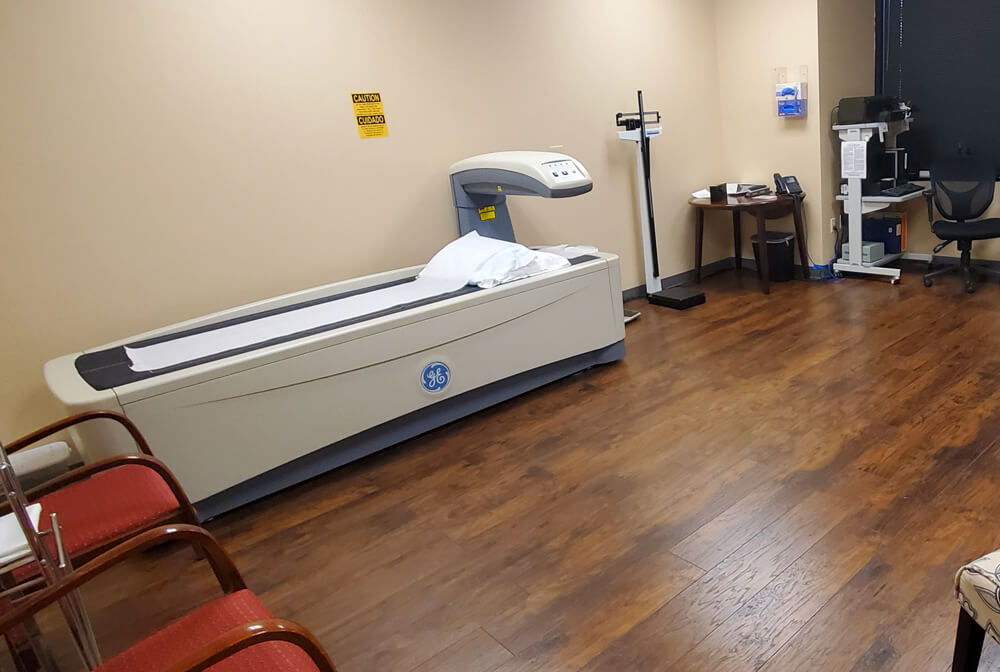An MRI (magnetic resonance imaging) is an imaging machine that uses a large magnet, a computer and radio waves to look inside the body. The MRI exam is painless and requires very little preparation. The exam can last from 30 minutes to over an hour depending on what your doctor orders.
IMPORTANT! Please alert the scheduling representative if you have a pacemaker, brain aneurysm clips or other mechanical implanted devices.

